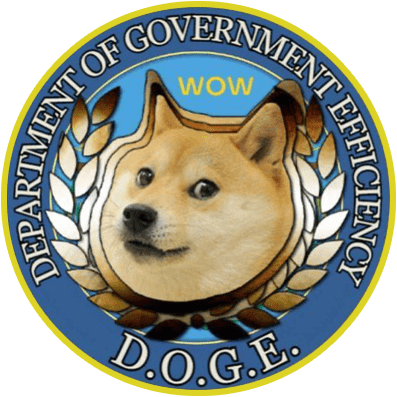Musk-lead DOGE Transformation: Rewriting Federal Bureaucracy
A transformative shift is occurring in the Department of Government Efficiency (DOGE), marked by the departure of its prominent but contentious leader Elon Musk. The remaining team members are now further integrating themselves within the administrative structure. The ongoing labor of DOGE is seen by the administration as a core element of their agenda to reshape the federal bureaucracy.
The director of the Office of Management and Budget, who advocates for curbing government spending and bureaucracy, expressed in a recent House Appropriations Committee hearing that it’s their intention to further embed DOGE at different agency levels. The aim is to have DOGE team members optimally placed within various agencies, operating similar to in-house consultants for the respective agency heads.
Today, the DOGE operates under a more diffused leadership model. From the start of the year, DOGE personnel have been distributed across the federal government where they’ve initiated moves to dismiss employees, terminate contracts, and gain access to confidential data.
Gradually, many of these DOGE deployment assignments have turned into full-time government positions. It appears that multiple agencies are embracing the mission of DOGE and its central role in reorienting bureaucratic functions. Even in Musk’s absence, his guiding vision for the department still holds sway.
Furthermore, the current administration has initiated new employment guidelines that align with the objectives of DOGE; they aim to focus on recruiting individuals dedicated to enhancing the federal government’s efficiency. Alongside this, recruits are undergoing rigorous fidelity screening which embeds the values established by DOGE within the hiring process.
Yet, DOGE has not fully delivered on its initial promise of significant federal spending cuts. Claims of achieved savings have been scrutinized for inaccuracies, computational errors, omissions, and overstatements. Despite its mission, there are those who were taken aback by the efficiency of the current governmental operation.
However, DOGE’s influence on the federal government is not confined to the previous leadership and immediate advisors. Several young software engineers who were among DOGE’s fresh recruits have transitioned from their temporary capacity to full-fledge federal employees.
Co-workers associated with DOGE are stationed in various departments, each contributing to the wider effort to solidify DOGE’s presence across various government bodies. An ex-oil executive, currently overseeing cost reductions and innovative efficiencies in the Department of the Interior, has been making significant decisions under the guidance of the President and Secretary.
Since its inception, DOGE has committed to the launch and execution of initiatives aimed at cost reduction and technological revamps. One key example is the Centers for Disease Control and Prevention, which now mandates additional review by DOGE’s team before approvals of grant awards are finalized. The integration of DOGE operations is seen across various agencies.
Similarly, the Social Security Commission is utilizing DOGE as a resource to assist them in transitioning into a ‘digital-first organization.’ Across the aisle, the Internal Revenue Service is also capitalizing on advancements in AI as part of their nine ‘priority initiatives’ aimed at modernizing the agency’s implementation of technology.
The relentless effort of DOGE to gather and organize sensitive government data continues unhampered. Paralleling these actions, legal challenges arise against DOGE as judicial reviews of their procedures progress through the court system.
Most importantly, the enduring legacy of the DOGE initiative remains a topic of optimistic conversation despite these challenges. The vision of a streamlined and efficient federal bureaucracy fostered by DOGE continues to impress itself on the organizational culture and operational strategies of government agencies.



